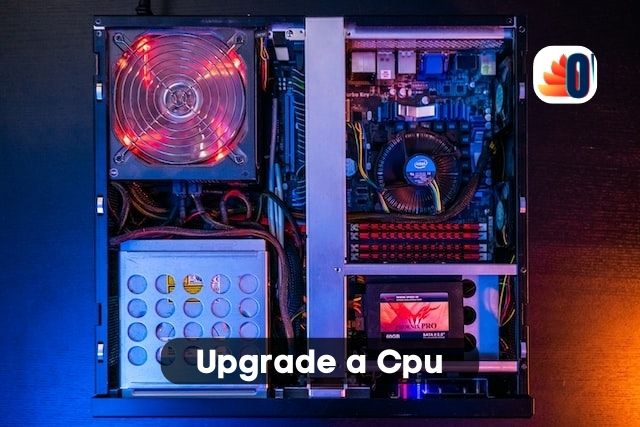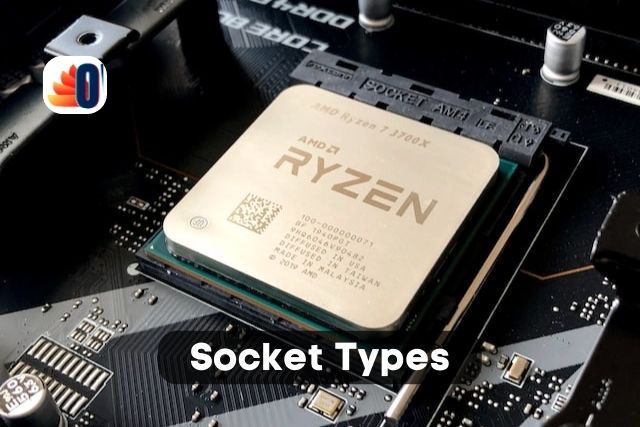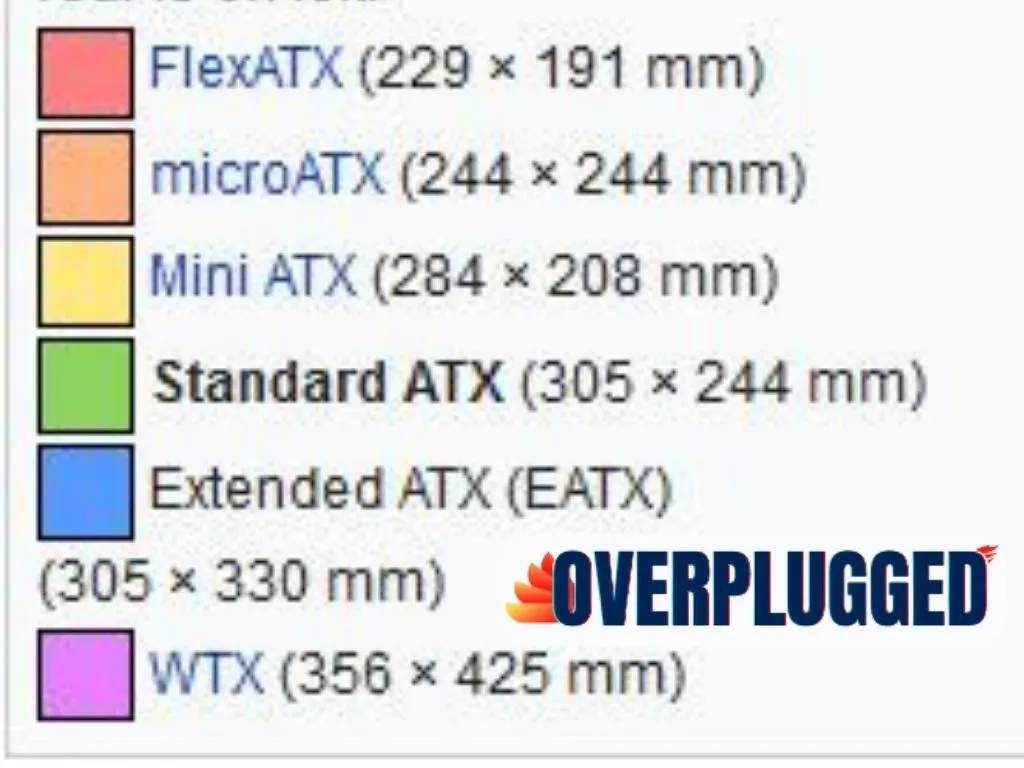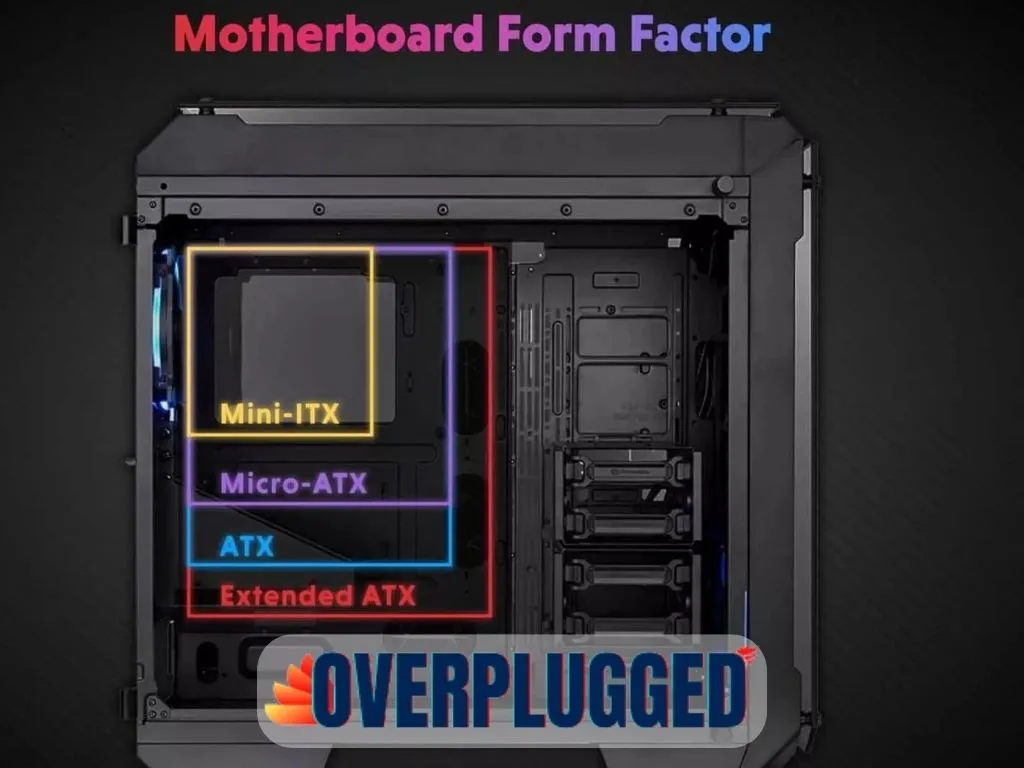Can I Upgrade a Cpu Without Changing a Motherboard? Easy Guide 2023

A common question in tech circles is whether can I upgrade a CPU without changing a motherboard and, how to upgrade an older CPU without changing the motherboard. In this article, I will show how you can remove your old CPU and put in a new one with ease. Also, in this guide, you’ll learn how to use a new motherboard.
The CPU (Central Processing Unit) is the brain of a computer. The CPU receives data from a keyboard or mouse, then sends commands to your hard drive, memory card, display screen, printer, and so on. These commands tell your device what to do next.
Basically, the CPU In A Computer is its Processor.
Many people know that upgrading their CPU will improve performance and speed, but they don’t realize how important it is to match the correct motherboard with the right CPU. The most common reason that people have to upgrade their CPUs is that the original motherboard is faulty or incompatible with the newer processor. But there are also many reasons that could lead to the need for a new motherboard. It might just be because your computer is outdated, or it could be because you’re experiencing random crashing, slow loading, and slow running of programs. The motherboard is a key component in a PC’s performance, so make sure that it’s compatible with the CPU you have.
How Can I Upgrade a Cpu Without Changing a Motherboard?

There’s no denying that CPUs are the core of any computer, so it’s crucial that you make sure yours is running optimally. As you upgrade to newer models, you’ll find that you can sometimes change out your motherboard for a new one without changing your CPU.
However, it’s important to know that some motherboards are designed for specific CPUs, so you’ll want to make sure you’re selecting a motherboard that matches your processor. Here’s a quick guide to help you choose the right motherboard for your needs.
CPU Compatibility
The first step you should take when choosing a motherboard is to determine if it’s compatible with your CPU. You’ll find that a motherboard is generally made for a specific processor or a group of processors.
It’s important to check the specifications of the motherboard to make sure it’s compatible with your CPU. Some motherboards include compatibility tables on their product page to help you make this determination.
Once you’ve determined that your motherboard is compatible with your CPU, it’s important to consider what kind of socket your CPU uses.
Socket Types

There are three main socket types you’ll find on the market today. The first is the LGA, which stands for land grid array. This is the most common socket type and is commonly found on desktops. It’s also the most powerful of the three types and supports the latest processors from Intel and AMD.
Next is the BGA, which stands for ball grid array. This type is more common on laptops and is often found on the latest generation of processors.
The third type is AM3, which is used by processors from AMD. This is the oldest of the three types and is also the smallest of the three.
For a full rundown of what each socket type is and how they work, read our article on CPU Socket Types.
Motherboard Features
When choosing a motherboard, you’ll want to make sure you know exactly what features you need. Here are the main features you’ll want to look for in a motherboard.
Motherboard Size

If you’re building a desktop computer, you’ll want a motherboard that’s large enough to fit the motherboard, CPU, memory, and storage inside of the computer case.
In general, the larger the motherboard, the better. However, you’ll find that smaller motherboards are more common on laptops, where space is at a premium.
If you’re building a laptop, you’ll want to make sure the motherboard you choose is big enough to house the processor, memory, and storage.
Motherboard Form Factor

The form factor of a motherboard will depend on how many PCI-e slots you need to connect additional devices, such as graphics cards, network adapters, and optical drives.
If you have a number of these, you’ll need to make sure that the motherboard you select has the appropriate number of PCI-e slots.
Motherboard Speed
While most motherboards come with a wide range of features, one of the most important things you’ll need to know is the speed of the motherboard.
If you have a high-end graphics card or multiple graphics cards, you’ll want to make sure that you choose a high-end motherboard for it and that it is fast enough to support your system.
Motherboard Type

There are two main types of motherboards. The first is the ATX, which stands for advanced technology extended. This is the most common motherboard type and is typically found on desktops and laptops. It’s the most powerful of the two types and supports the latest processors.
The second is the microATX, which stands for micro advanced technology extended. This is the least common type but is also very powerful.
Both of these types of motherboards are compatible with the same types of sockets, so if you’re shopping for a desktop, you can use a microATX motherboard with an LGA socket.
If you’re shopping for a laptop, you’ll want to make sure the motherboard you select supports the size of the CPU you’re using.
Motherboard Manufacturer

The motherboards you’ll find on the market today are manufactured by a variety of companies.
You’ll find that many companies offer motherboards with various different features, so it’s important to know the manufacturer of the motherboard you choose.
This is because different manufacturers often use different types of components and different manufacturing processes.
FAQ:
Does Your CPU Need New Memory?
The short and simple answer is YES, your CPU needs new memory, and this will work without changing the motherboard.
You may also want to consider upgrading to a newer motherboard, such as a socket 1151 motherboard. There are many motherboards available for you to choose from in the market, but finding the one that matches the sockets of your processor will determine the compatibility of your CPU with your motherboard.
If you are considering changing the motherboard on your computer, we will first talk about what you can do and then what you need to watch out for.
What is the motherboard’s CPU socket, and how to check the socket information? So can you upgrade the CPU without changing the motherboard?
and the answer is “yes”
Motherboard’s CPU Socket – A CPU socket, or a CPU slot, is the main placeholder for the CPU located on the motherboard. It has the necessary pins, the dimensions, as well as the harness to hold the CPU onto the motherboard.
The socket can be easily spotted on any motherboard.
Can You Upgrade CPU on a Laptop?
As touched on earlier, laptop processors use the BGA socket. Here the CPU is soldered onto the motherboard. Therefore, upgrading in this instance is almost impossible.
Many older laptops use an LGA processor. However, most, if not all, of the newer laptops use the BGA socket.
